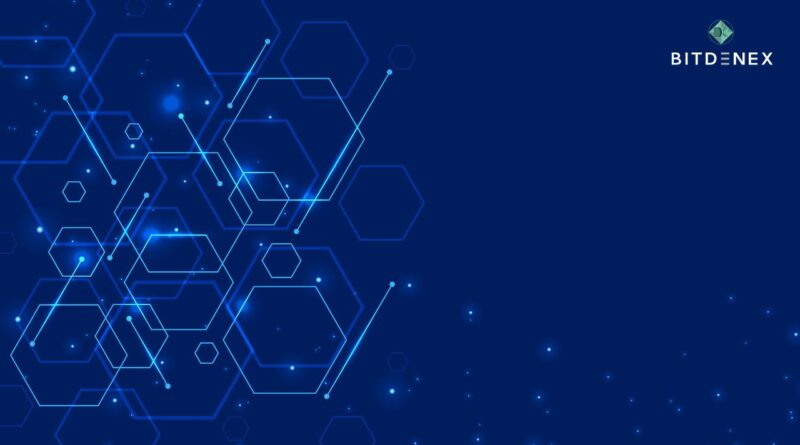A Web3 development platform is launched by Circle for Web2 developers
Circle announced the debut of a new platform that employs pre-vetted templates to make it easier for traditional developers to build Web3 apps. According to a statement and accompanying social media post on October 19, stablecoin issuer Circle has introduced a new tool that would “remove the complexity” of constructing Web3 apps. The new tool, dubbed “Smart Contract Platform,” allows developers to install smart contracts using a collection of pre-vetted code templates and either a console or REST APIs, perhaps making it easier for typical Web2 programmers to utilise.
Circle has also created a Gas Station service, which allows developers to pay for their users’ gas fees, which they hope will make user onboarding easier. When developers deploy smart contracts, they typically use Web3 developer tools like Truffle or Hardhat to do it. Contracts must be created in Solidity when utilising these tools, a language that several traditional programmers are unfamiliar with. They also necessitate the creation and execution of blockchain deployment or “migration” scripts, a procedure that some Web2 developers are unfamiliar with.
The Circle smart contract platform, according to its documentation, offers a set of pre-vetted templates that may be used to develop a range of smart contracts. Developers can use the templates to create contracts for non-fungible tokens , blockchain loyalty programmes, and interactions with Uniswap or other decentralised financial initiatives, as well as contracts for Circle’s stablecoins. This means that a developer can use the platform to avoid having to design a full Solidity contract from scratch, making it easier for Web2 developers to transition to Web3.
The developer can then deploy the contract to Polygon using a “no-code” terminal supplied as part of the platform, according to the release. This means that when using Circle’s platform, the developer does not need to build a “migration” script. The “no-code” dashboard is not yet available for Ethereum or Avalanche, according to the statement. The platform, on the other hand, provides a set of representational state transfer application programming interfaces (REST APIs) for use on these networks, which developers can use to deploy or interact with their contracts. REST APIs are the industry standard for interacting with Web2 databases, making them more familiar to developers who have never written Web3 programmes.
Circle intends to make the “no code” console and REST APIs available to more networks in the future, according to the statement. According to the platform’s documentation, developers can also use it to deploy a bespoke contract that does not use one of the templates, but they must give the produced bytecode for it in this case. Even in this situation, the developer avoids writing a deployment script because this may be handled by the console or REST APIs. Circle has also revealed a new developer feature called “Gas Station.” It enables Web3 software developers to cover their users’ petrol costs.
Buy and sell crypto in minutes with 0.20% trading fees at Bitdenex Exchange.

